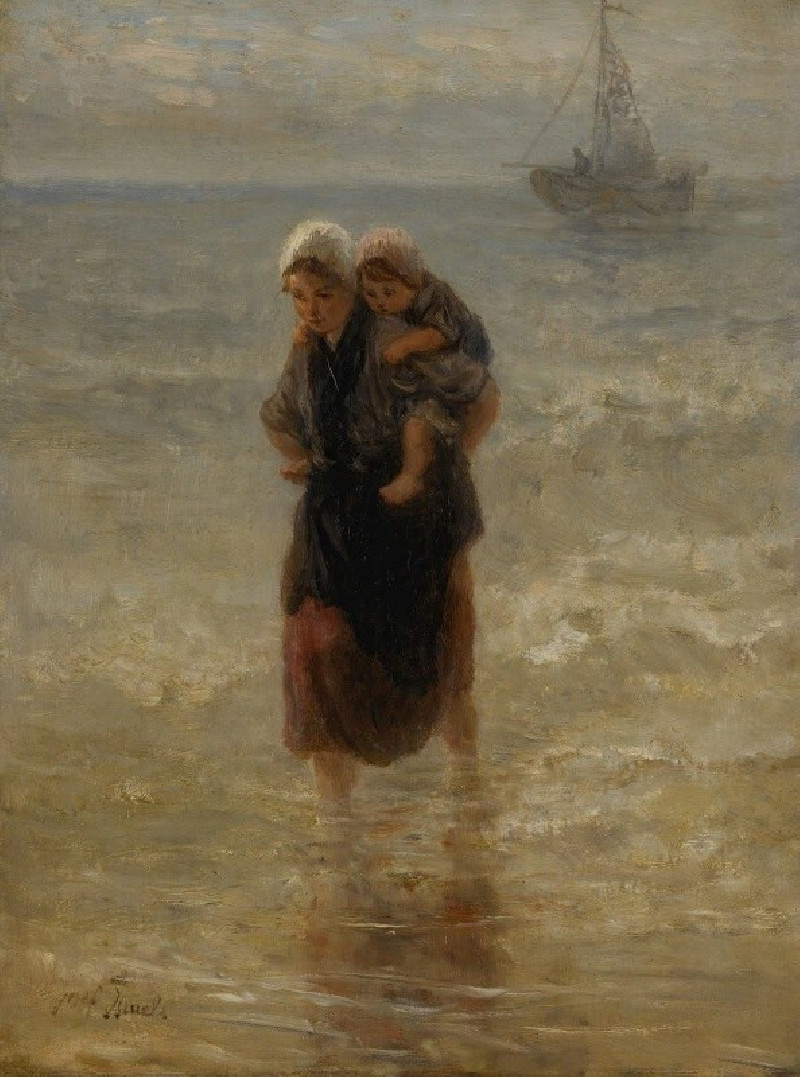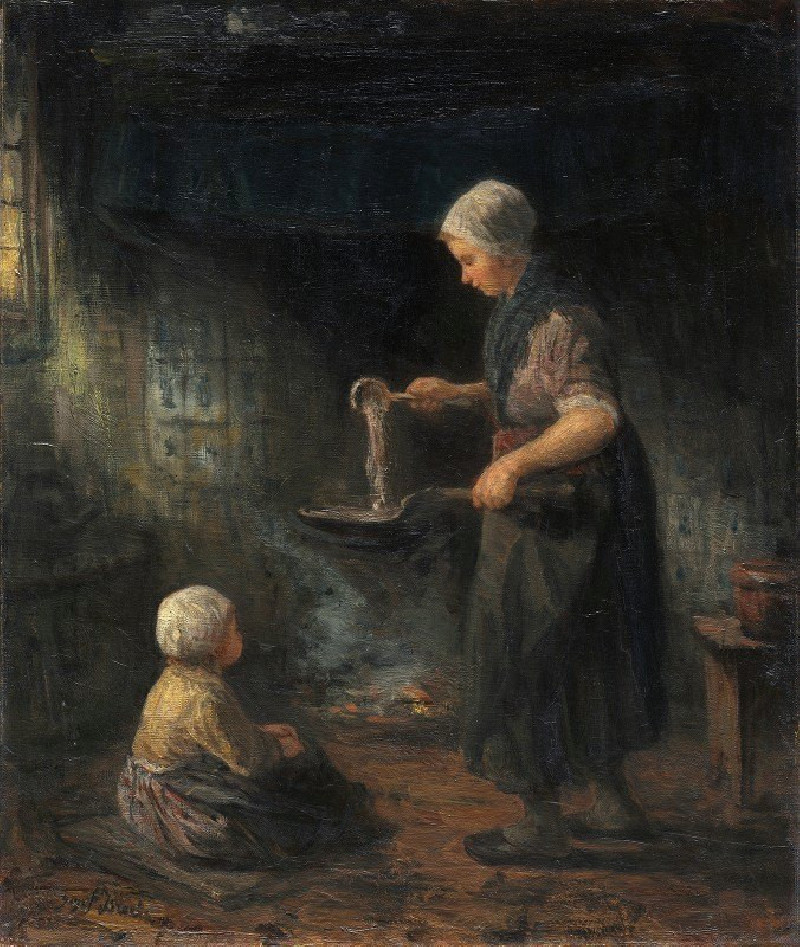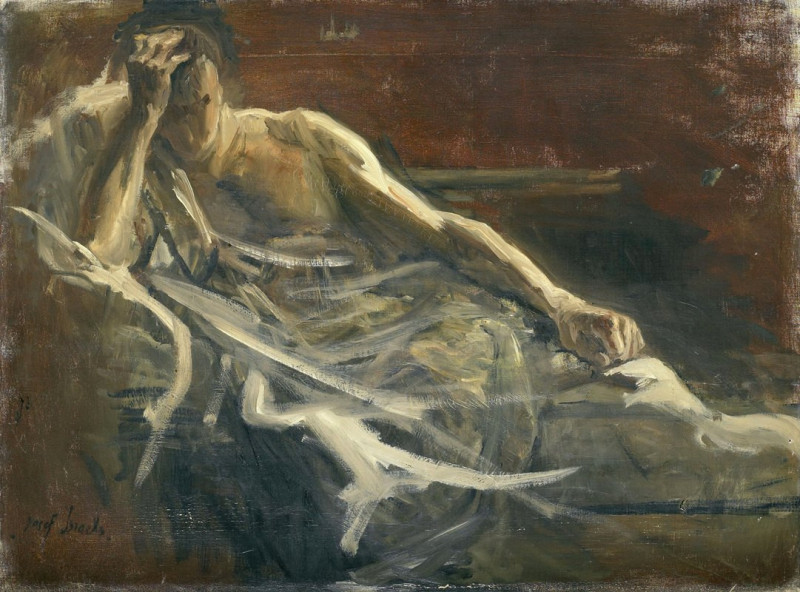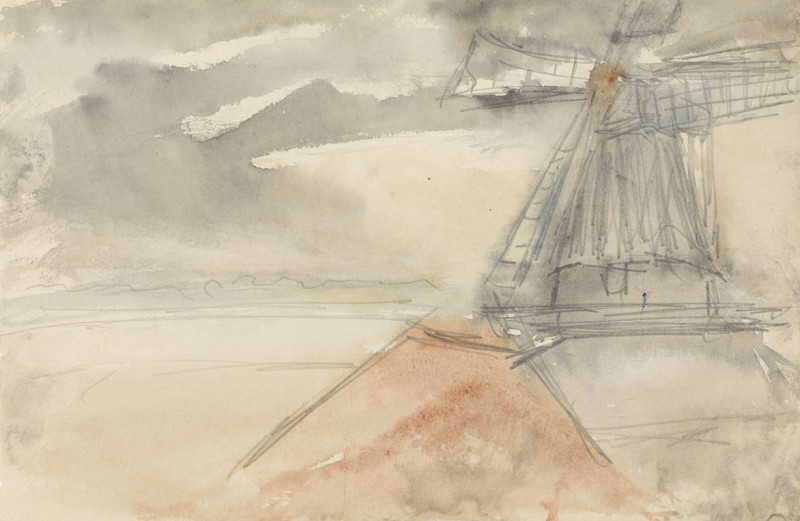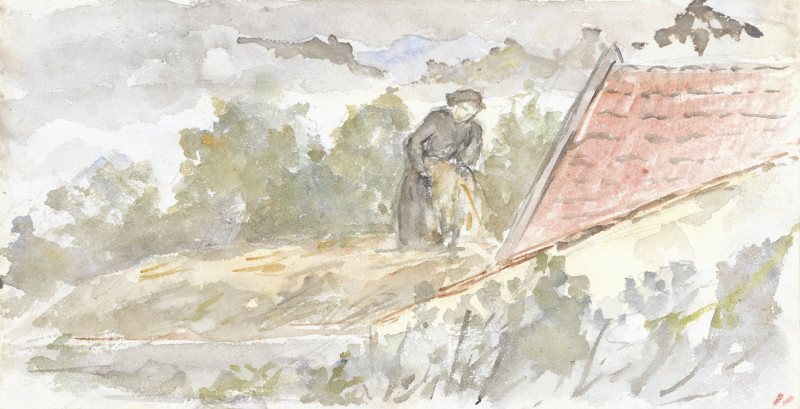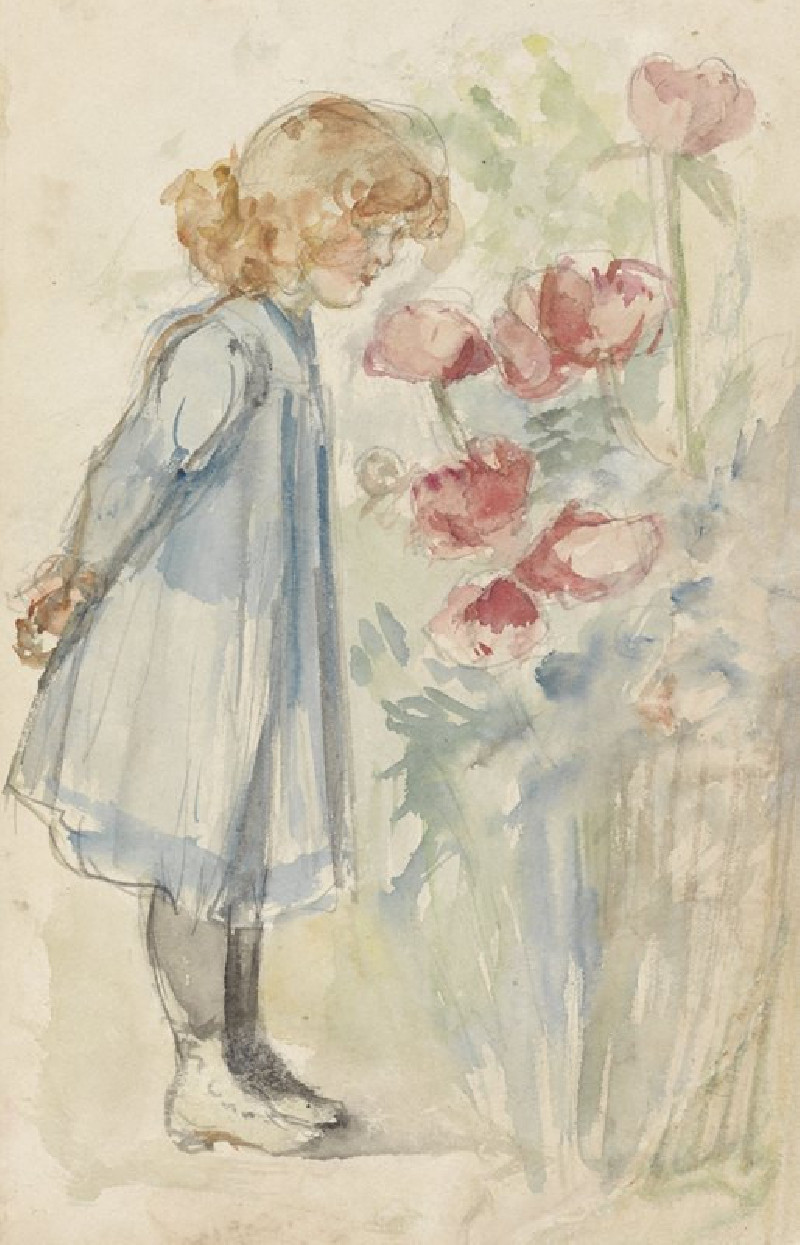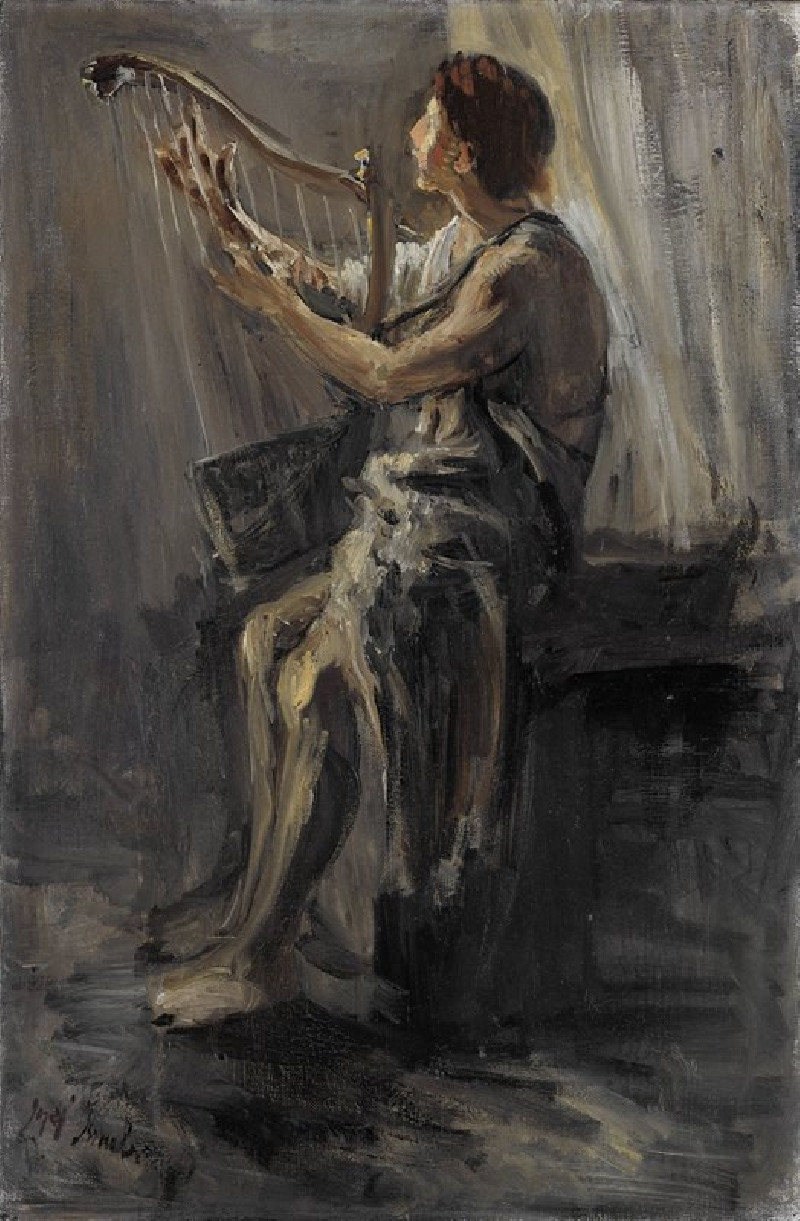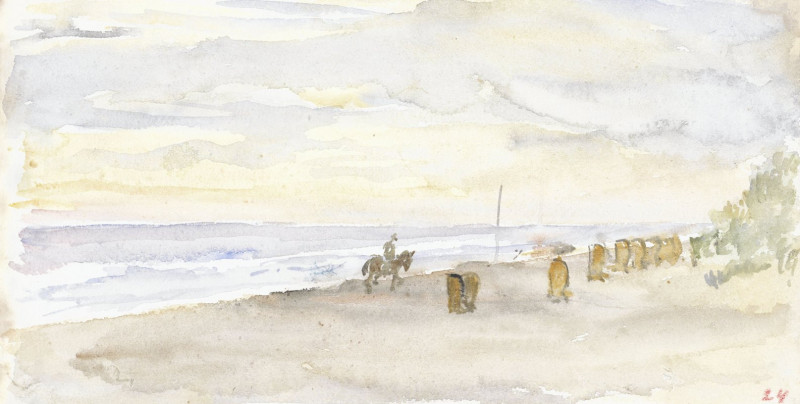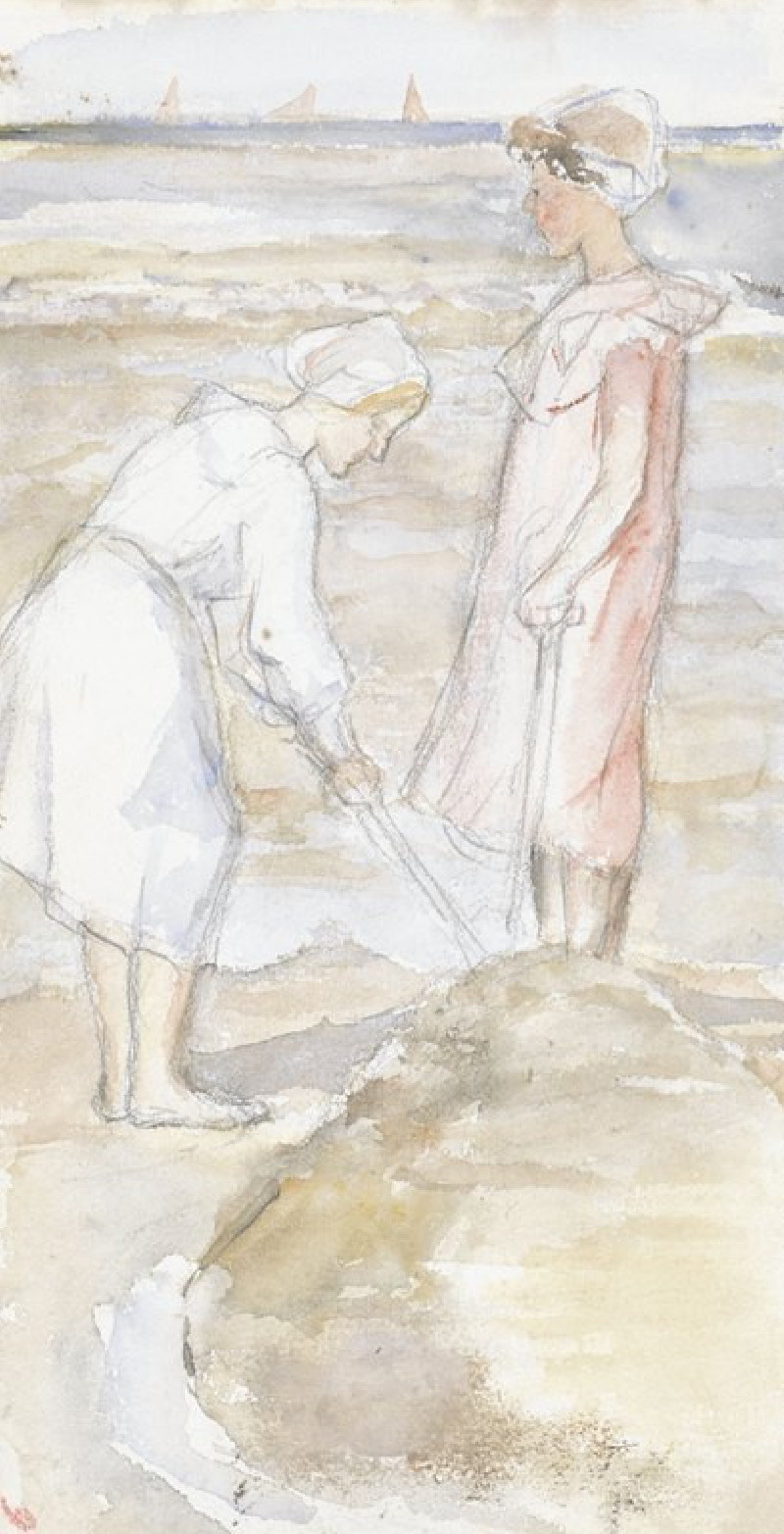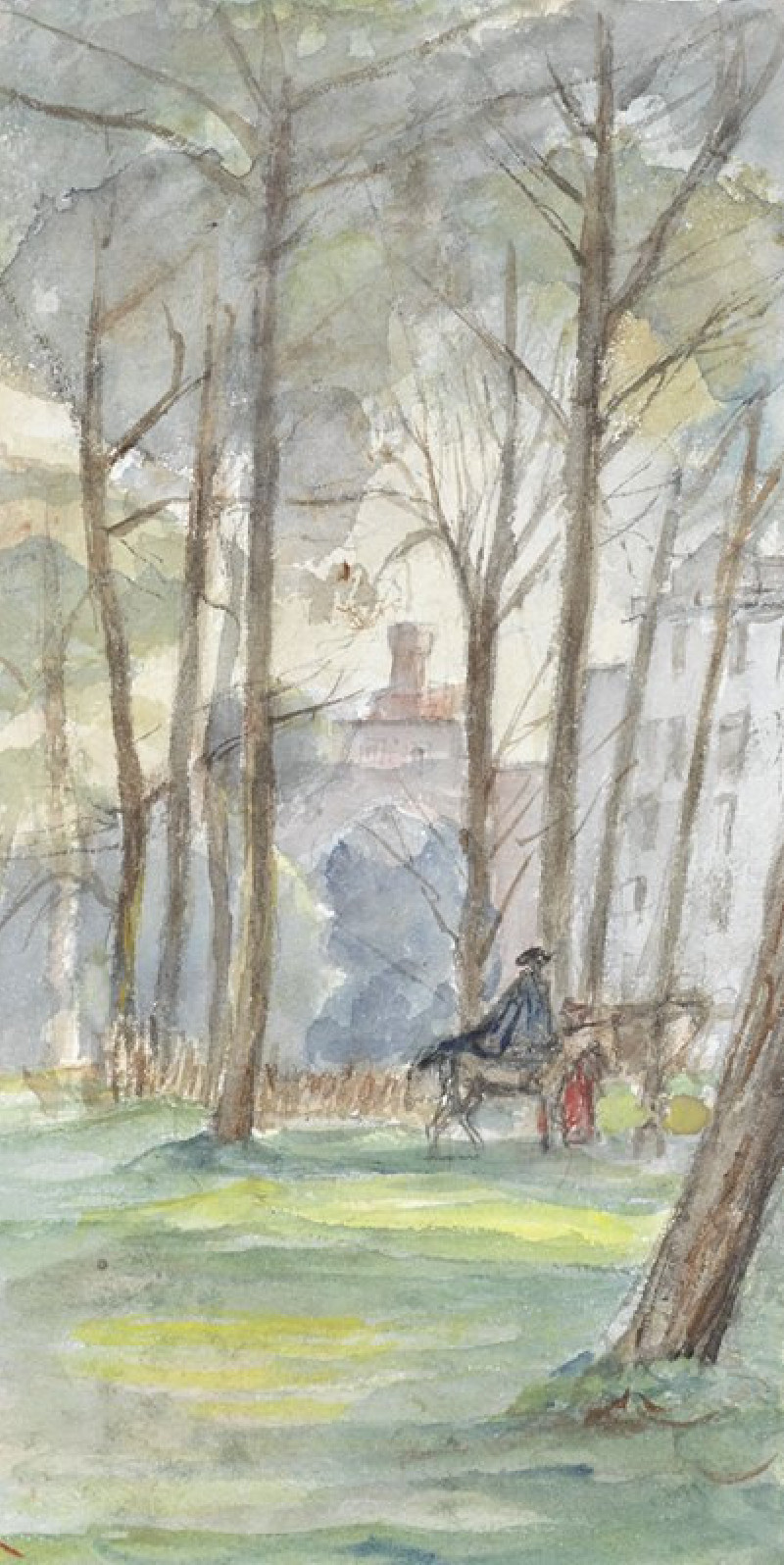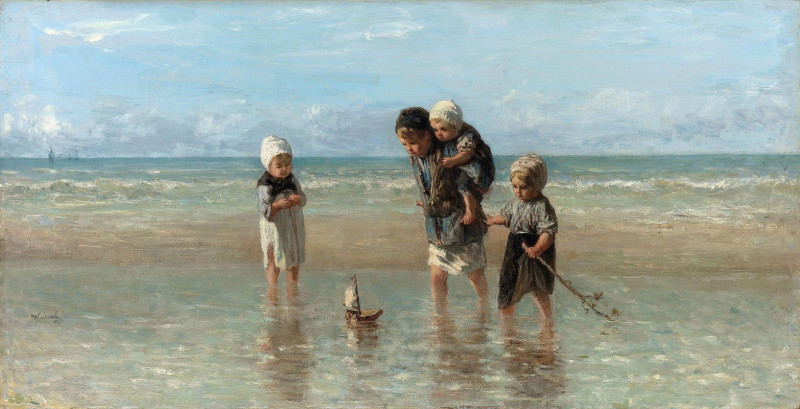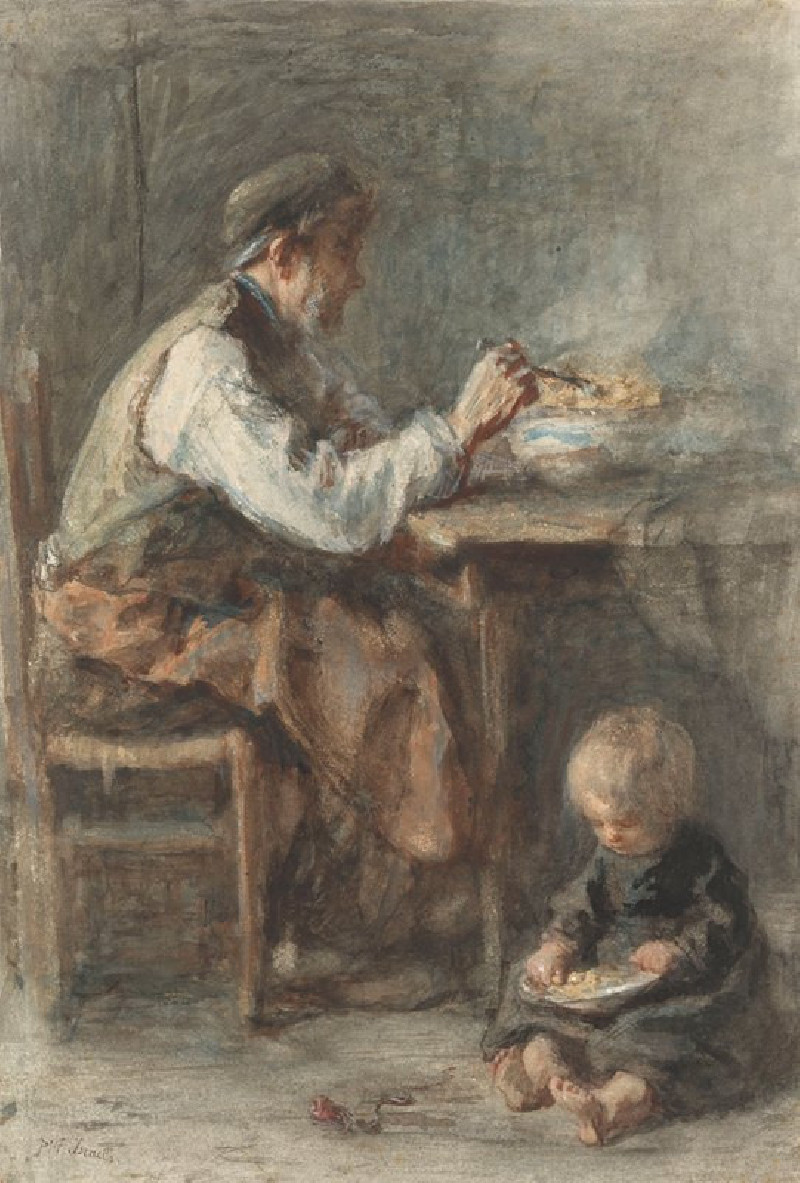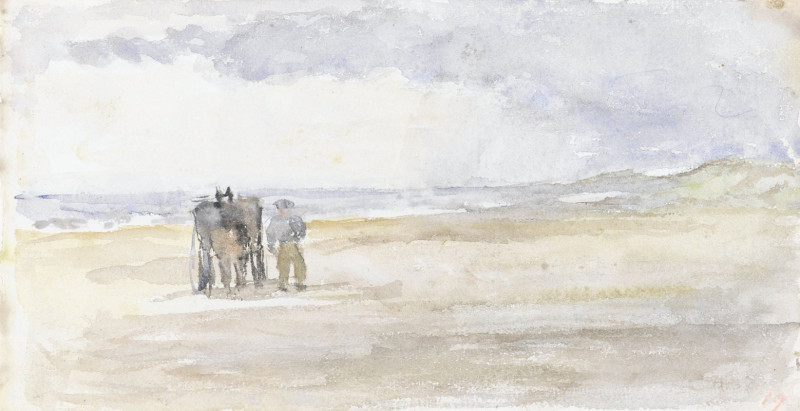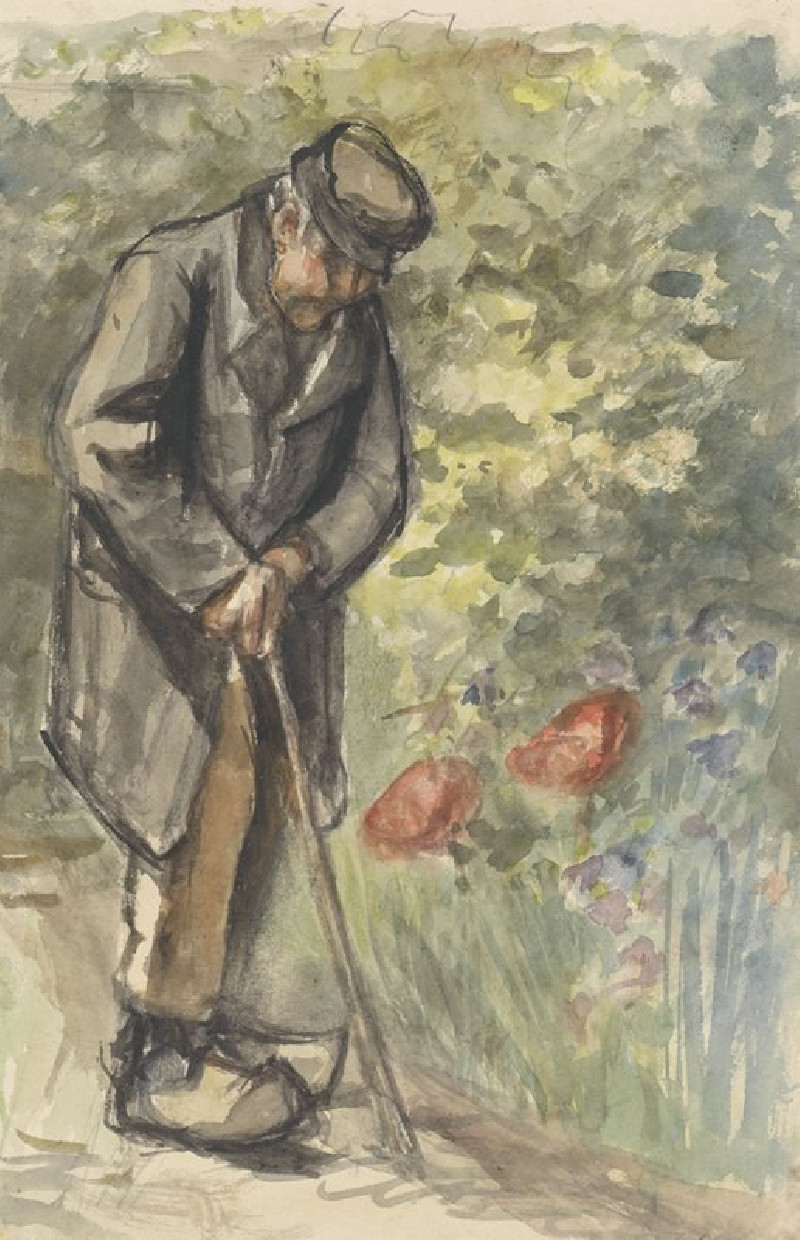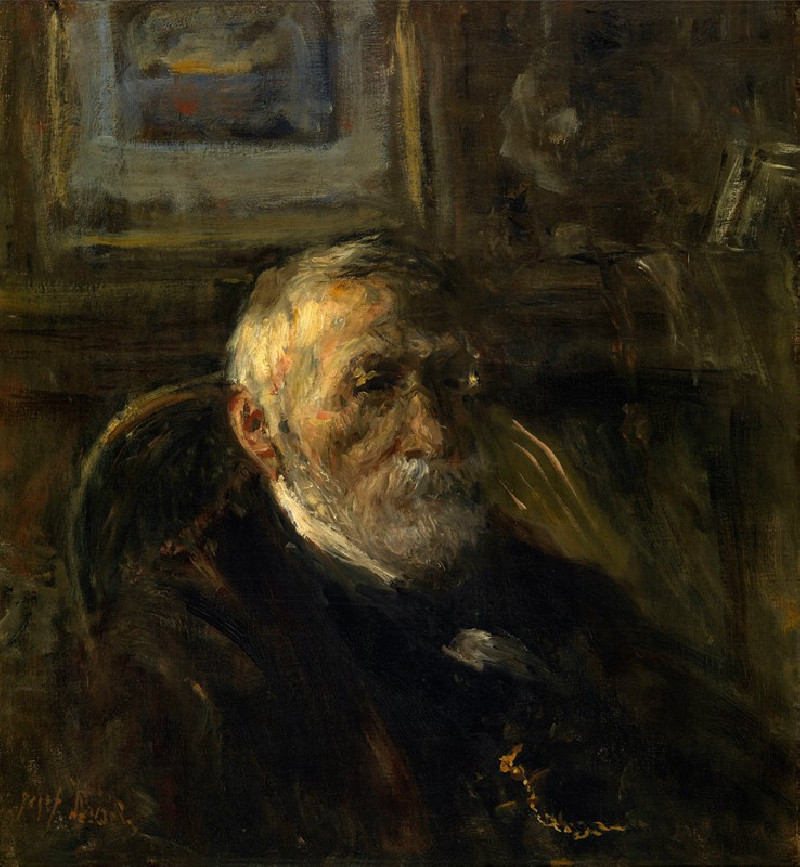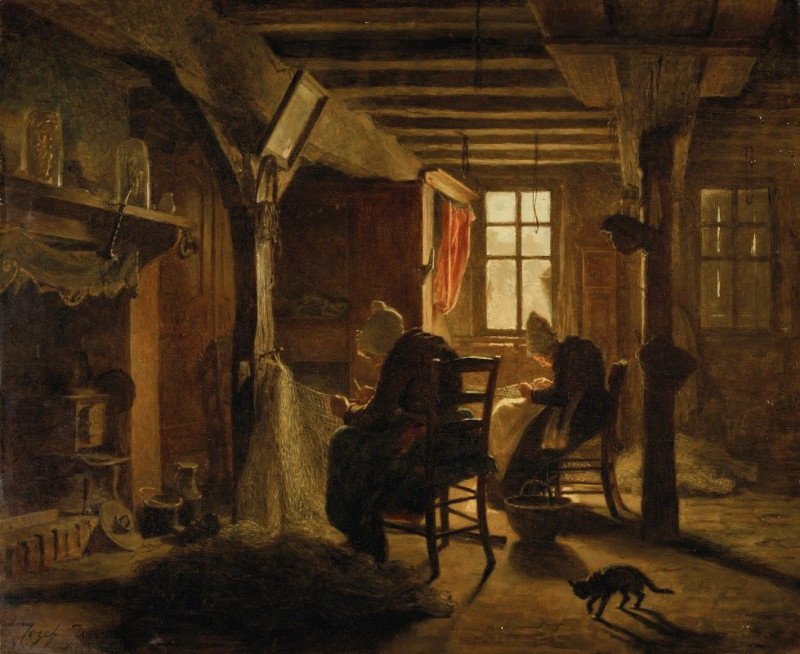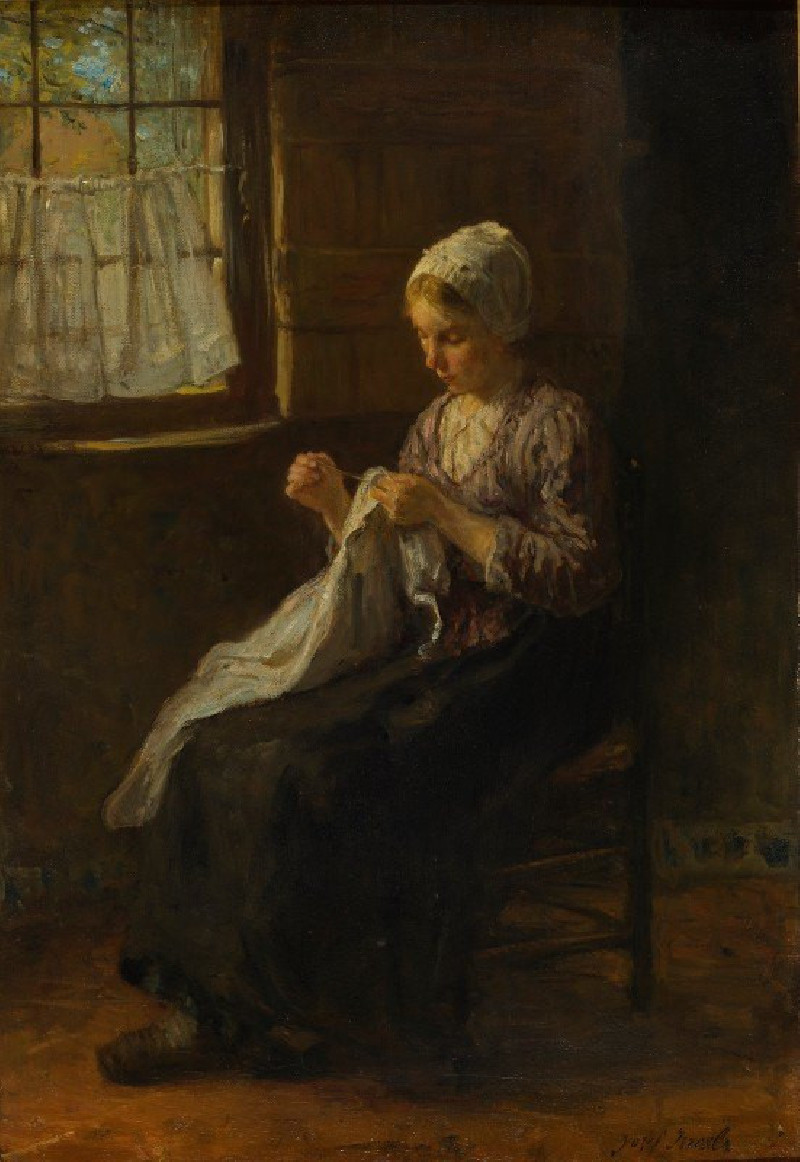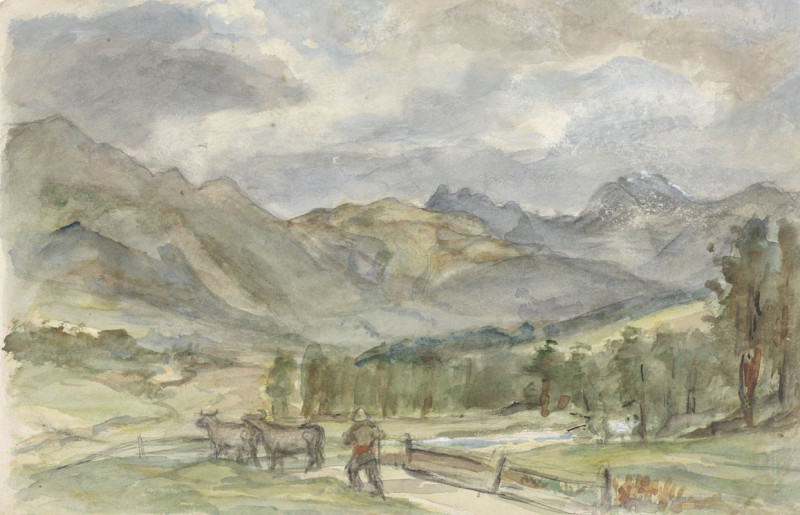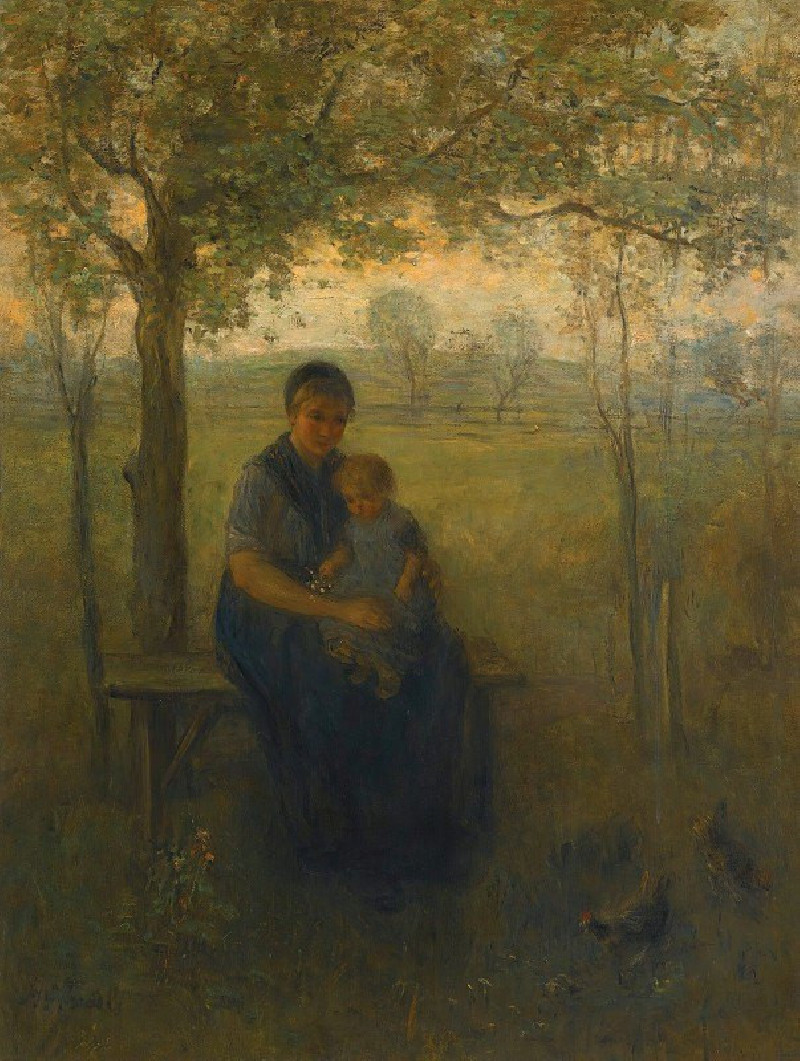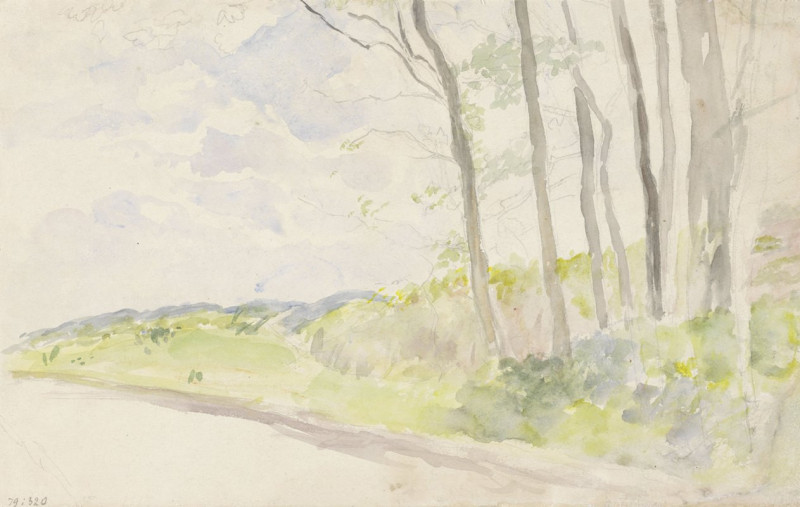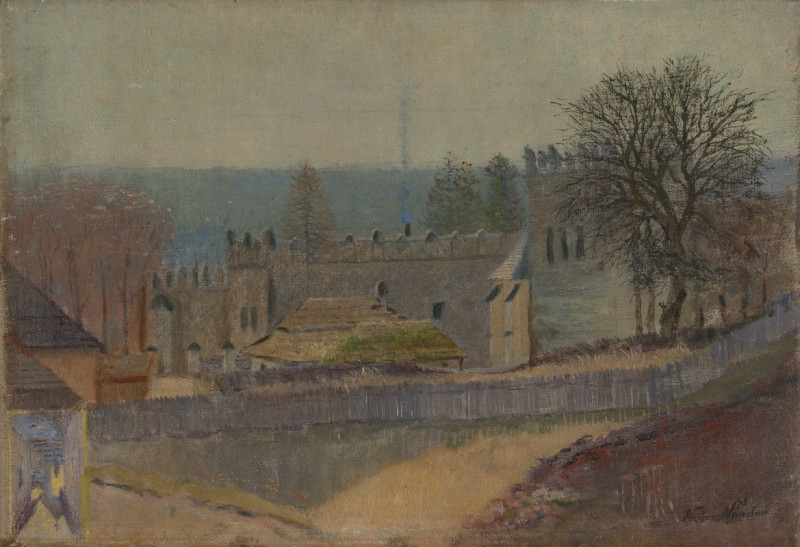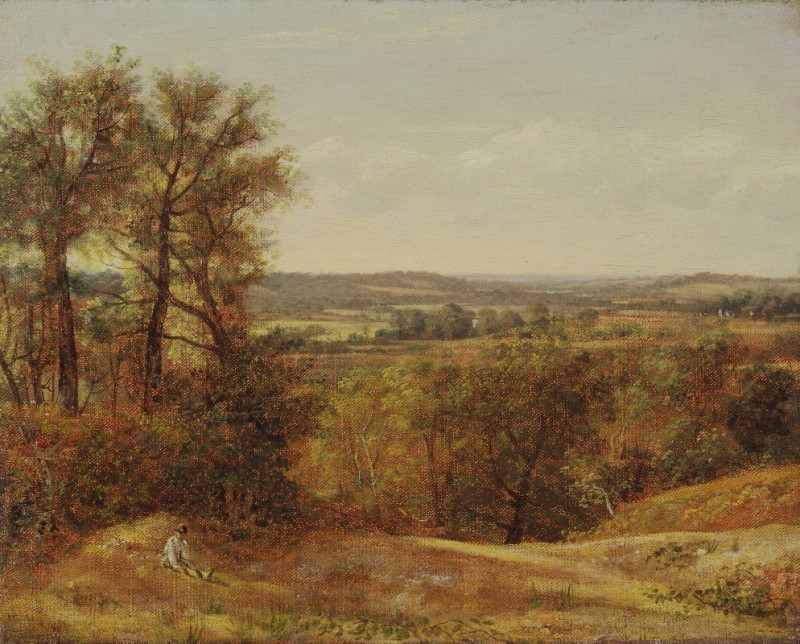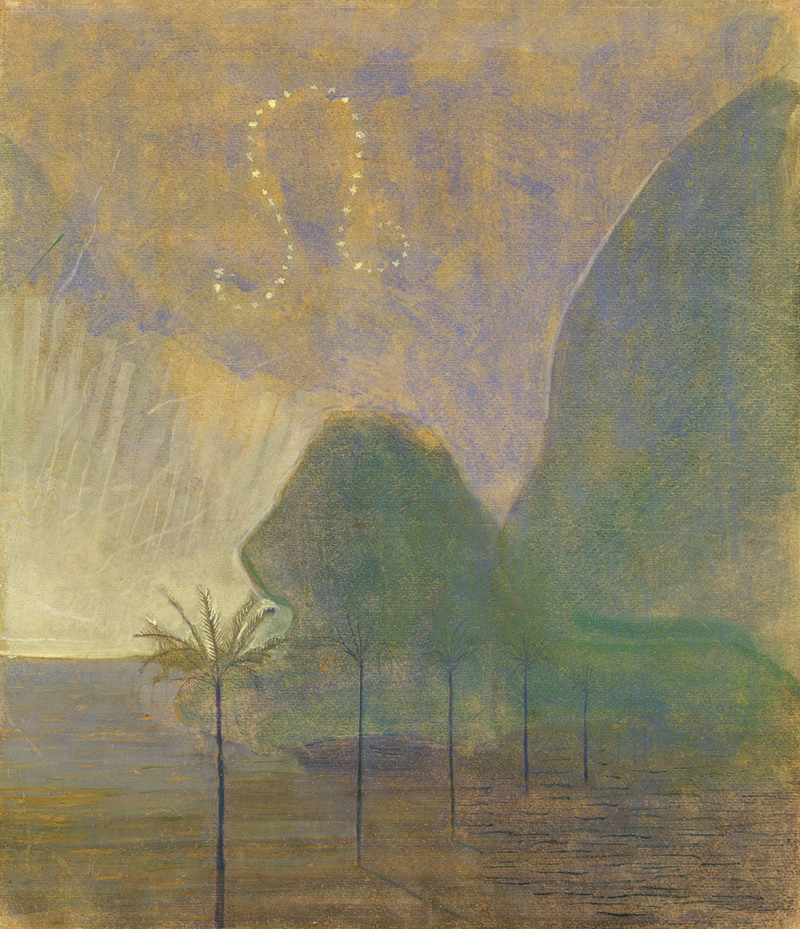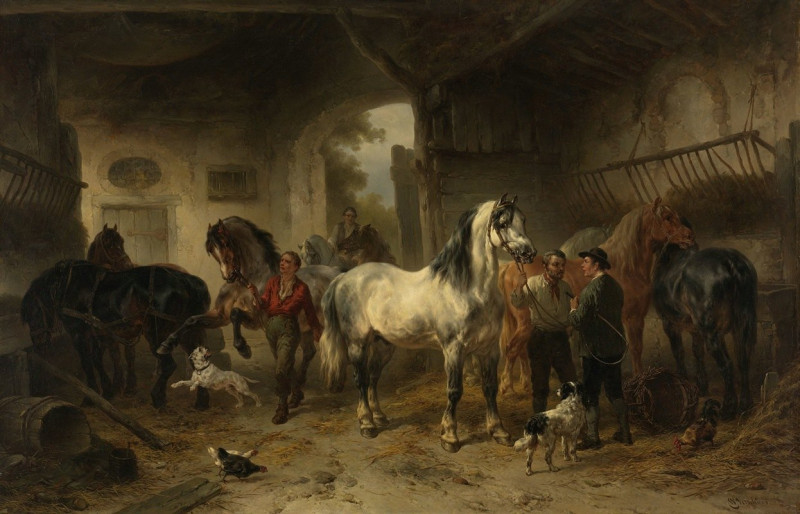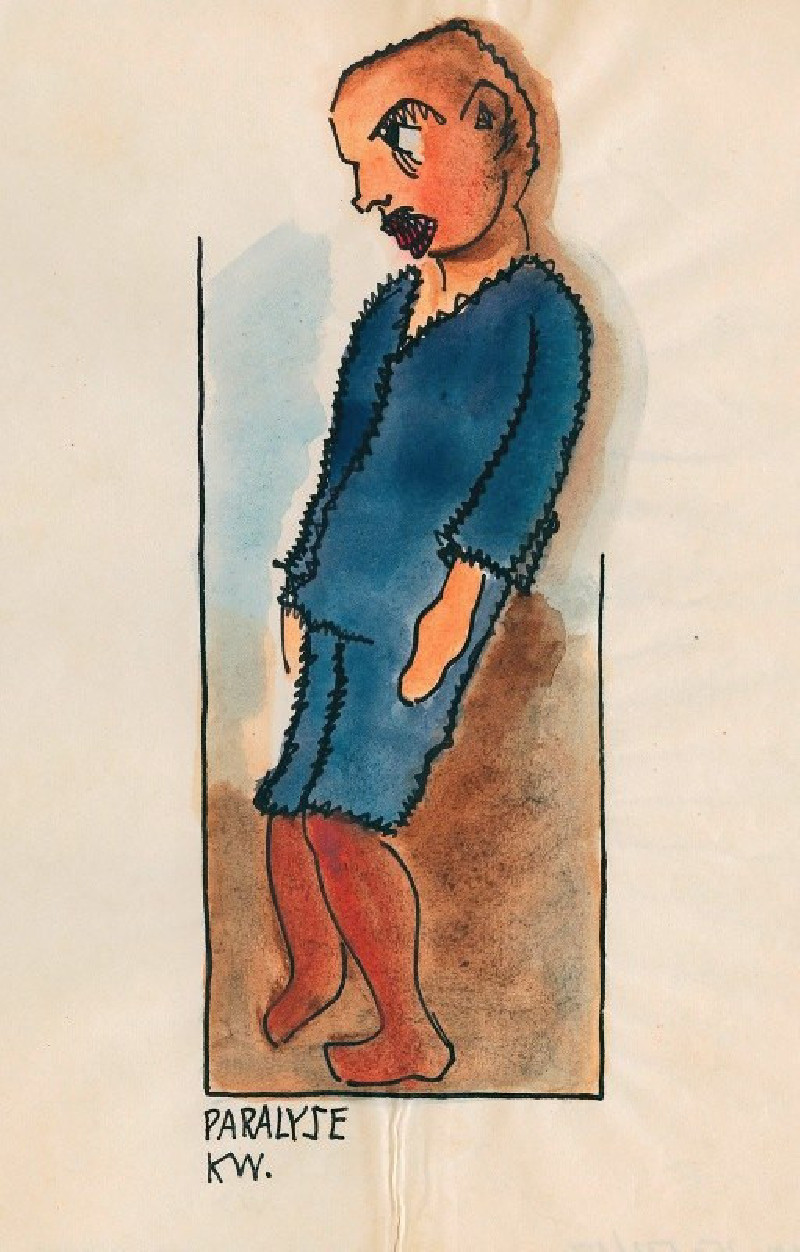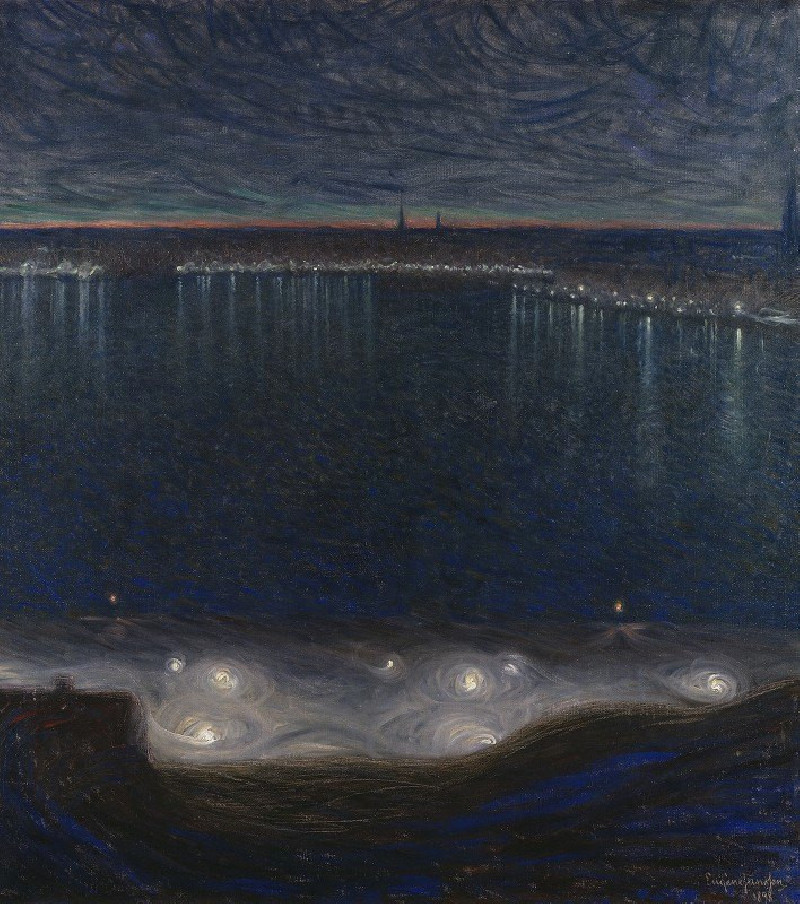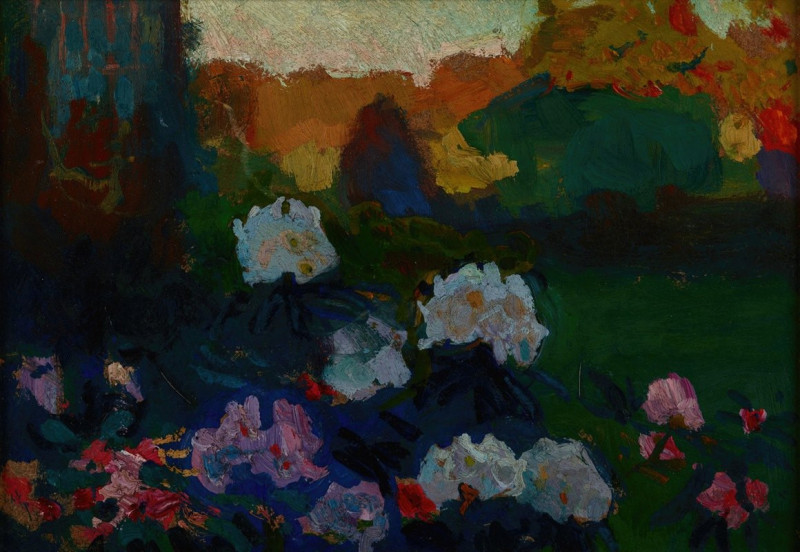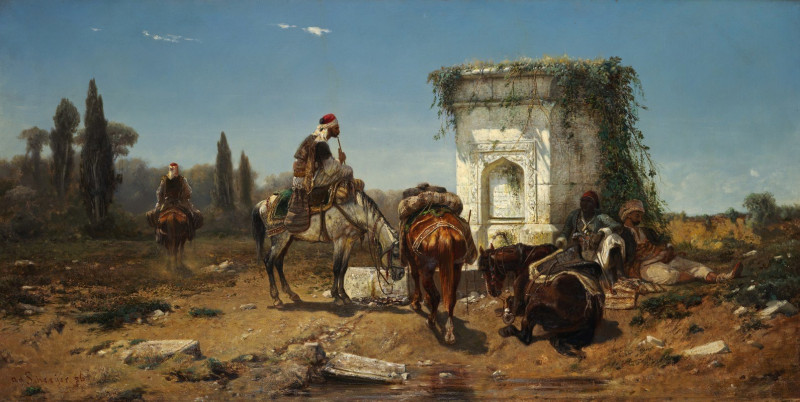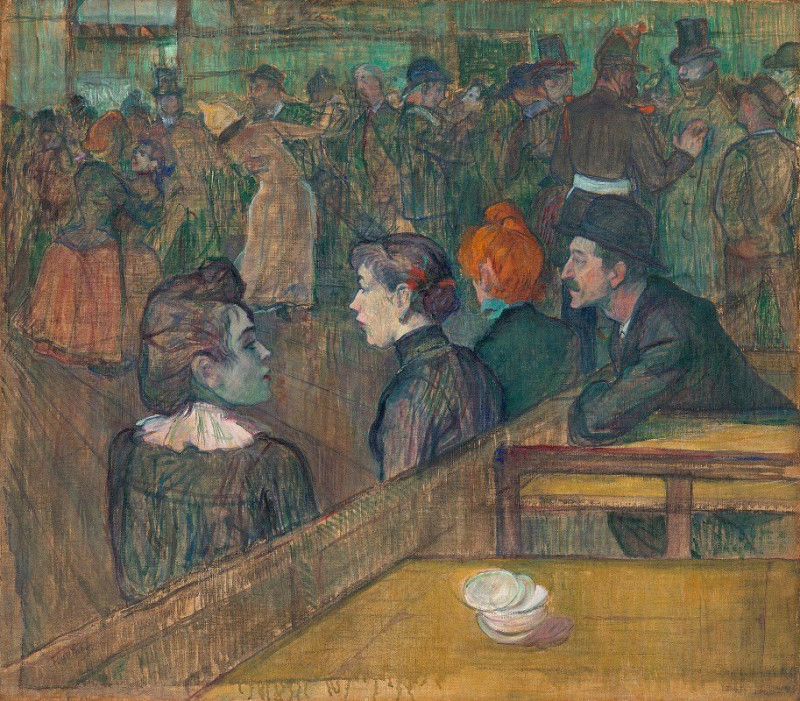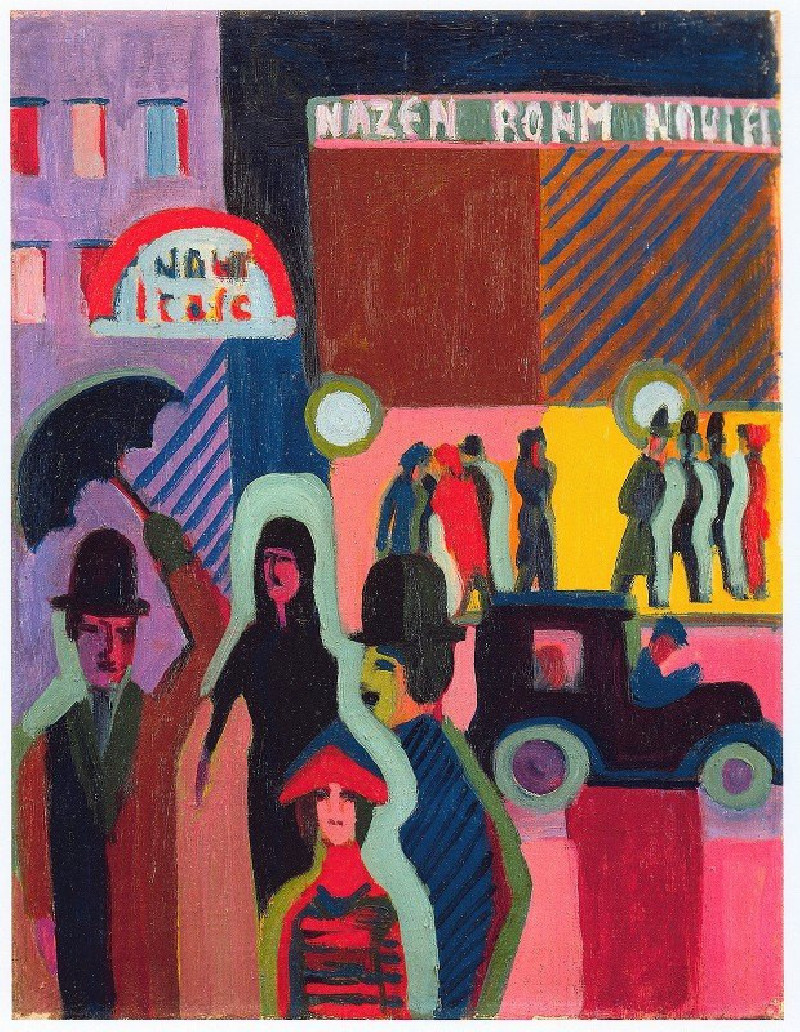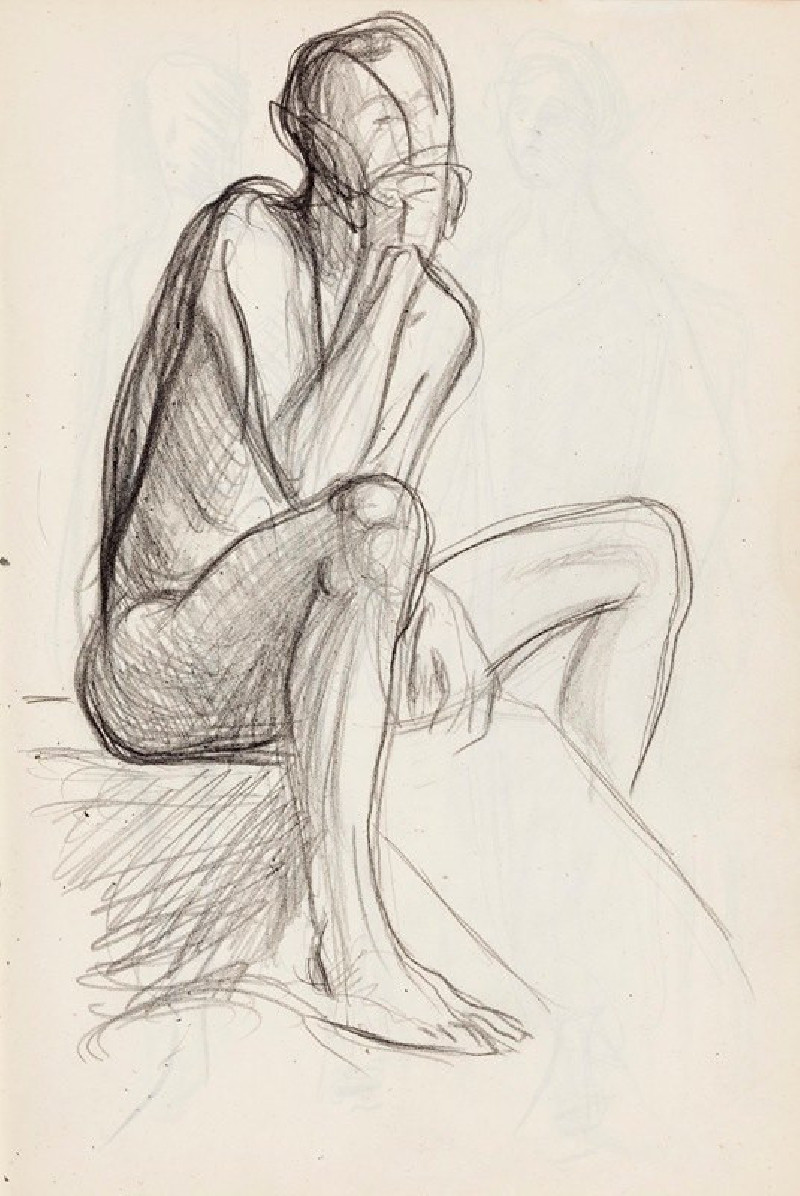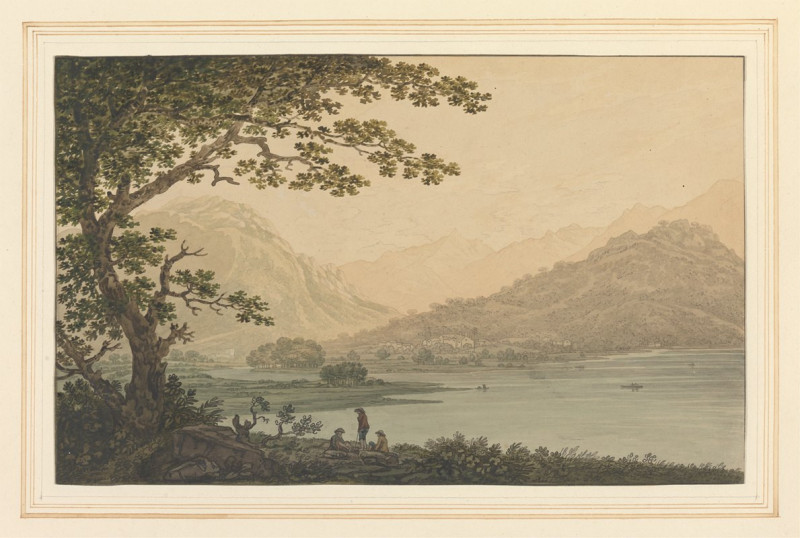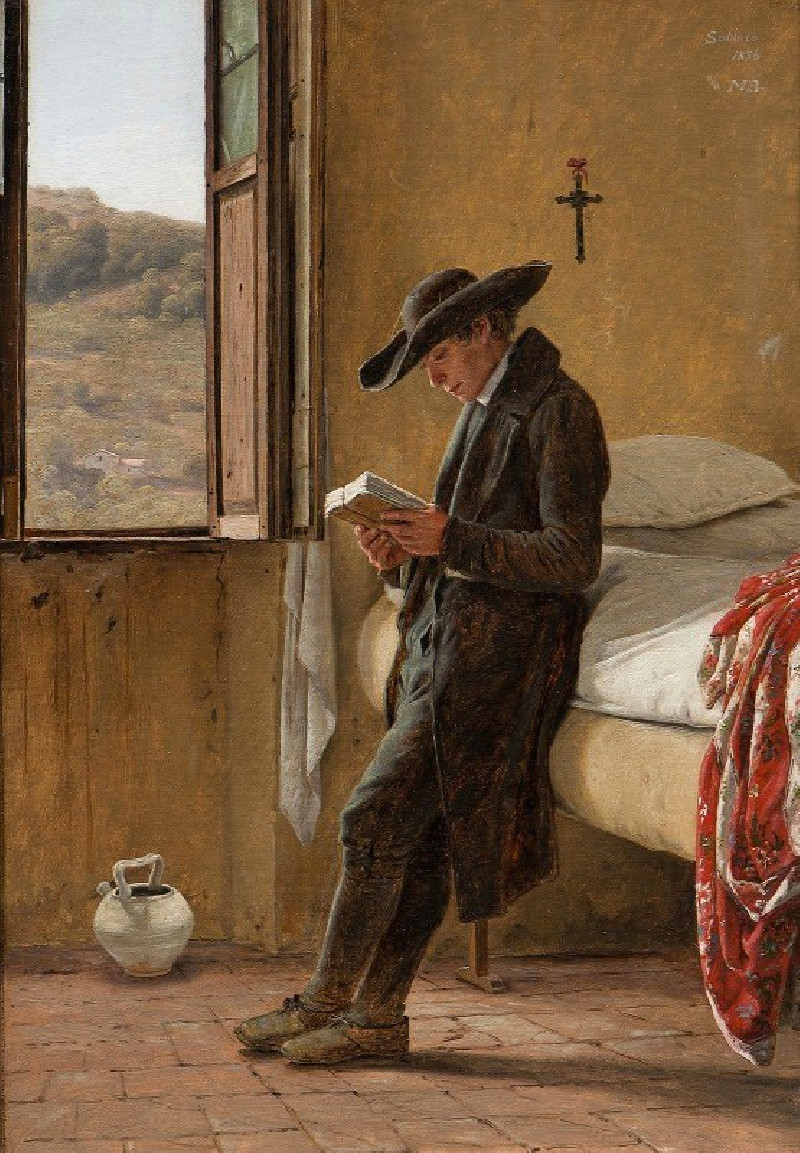Jewish Wedding (1903)
Technique: Giclée quality print
Recommended by our customers
More about this artwork
"Jewish Wedding" by Jozef Israëls, painted in 1903, is a beautifully evocative work that captures a deeply intimate moment of a traditional Jewish wedding ceremony. This painting elegantly portrays the solemnity and joy of the occasion, emphasizing the cultural and communal aspects of the nuptials.In the center, the bride and groom stand close, with the groom looking earnestly towards the bride, who gazes downward in a demure and contemplative manner. The bride's white veil and shimmering dress are painted with delicate brushstrokes, conveying both the texture of her attire and the significance of the occasion. The groom, dressed in formal attire, including a black hat as per traditional wear, contributes to the dignified atmosphere of the event.The scene is illuminated by a soft, mellow light that most likely emanates from candles, common in such sacred ceremonies, suggesting both the time of day and the spiritual significance of the moment. Surrounding the couple are various figures, including an elderly man who may be officiating the wedding and a young girl holding a bouquet, adding a touch of innocence to the scene.Israëls' use of muted colors and the interplay of light and shadow create a poignant atmosphere, drawing viewers into the emotional depth of the scene. The artist's brushwork and composition skillfully focus attention on the couple, while the assembled guests and dark background enhance the sense of a shared community experience.
Delivery
Returns
Jozef Israëls was a Dutch painter. He was a leading member of the group of landscape painters referred to as the Hague School and, during his lifetime, "the most respected Dutch artist of the second half of the nineteenth century".
He was born in Groningen, of Jewish parents. His father, Hartog Abraham Israëls, intended for him to be a businessman, and it was only after a determined struggle that he was allowed to embark on an artistic career. He studied initially from 1835 to 1842 at the Minerva Academy in his home town Groningen.


